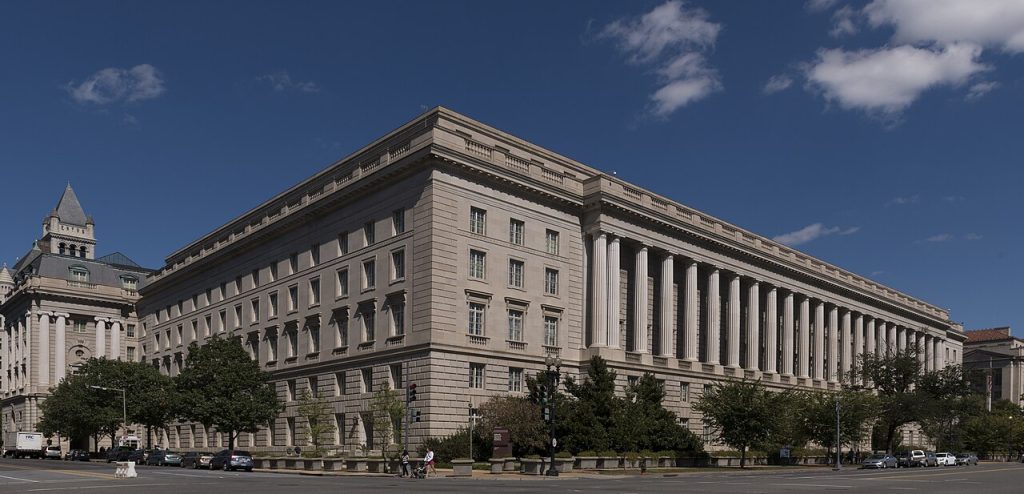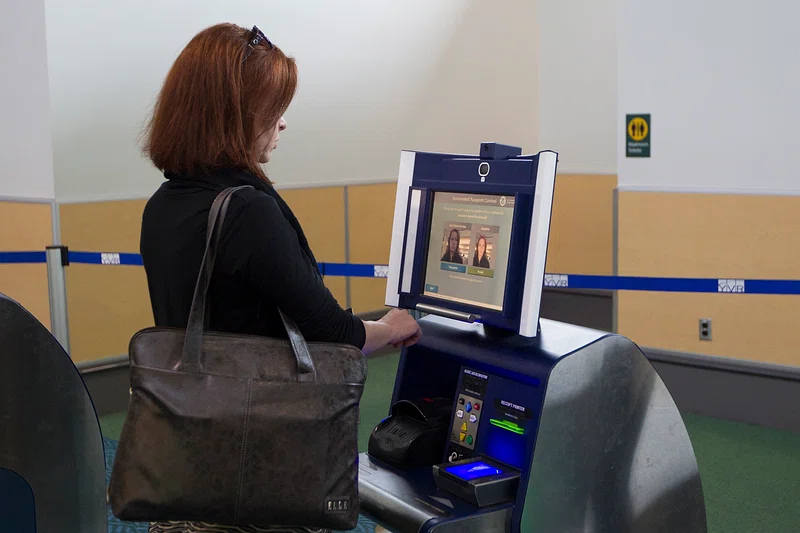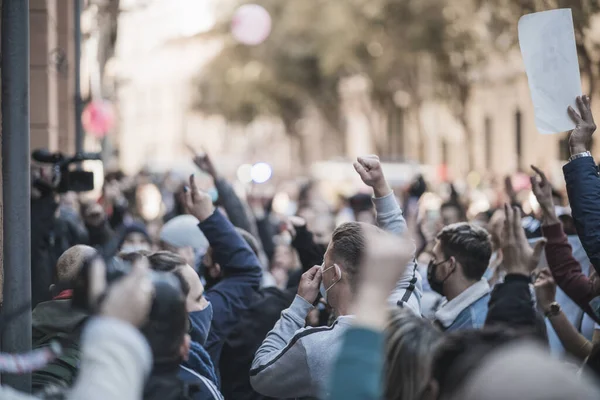
It started with a quiet update to the Google Play Store a Customs and Border Protection facial recognition app, now available to local police working with Immigration and Customs Enforcement. At the same time, Google removed community-developed “ICE-spotting” apps, labeling ICE officials as a “vulnerable group” in need of protection. The decision is more than a policy tweak-it’s a clear alignment with the Trump administration’s mass deportation agenda, embedding Google deeper into the architecture of government surveillance.

1. The CBP App and Its Technical Reach
The CBP app allows an officer to point a phone at someone’s face and instantaneously match it against the more than 200 million images stored in government databases. These are biometric records face prints, iris scans, fingerprints, and even DNA stored in DHS’s Automated Biometric Identification System, IDENT/HART. Matches return data including a person’s name, date of birth, citizenship status, and “possible overstay” flags. Non-matches aren’t discarded either CBP retains all photos, including those of U.S. citizens, in its Automated Targeting System.

2. Removal of the ICE-Spotting Apps
Removals like that of ICEBlock from Google mirrored similar moves by Apple under pressure from Attorney General Pam Bondi because of “safety risks” putting ICE agents in danger. According to its creator, Joshua Aaron, ICEBlock was to immigration enforcement as Waze is to traffic enforcement letting communities know if ICE was operating nearby. He called the takedowns “capitulating to an authoritarian regime,” adding that such tools are constitutionally protected speech. This came after incidents where ICE officials claimed these apps were a danger to agents despite this being akin to widely accepted traffic enforcement alerts.

3. AI-driven immigration enforcement
The CBP app is just one node in an expanding enforcement network ICE and CBP have rolled out AI across some 80 use cases, from social media screening to predictive algorithms like “Hurricane Scores” that estimate the likelihood of migrants missing check-ins. Palantir’s $30 million “ImmigrationOS” platform collates data from passport records, Social Security files, IRS tax data and license plate readers to decide who the agency targets for deportation. Many such systems operate with little public oversight of their bias, their accuracy or their impact on civil liberties.

4. Algorithmic Bias and Reliability Issues
Research from the U.S. National Institute of Standards and Technology and from MIT’s “Gender Shades” project put the facial recognition error rate at 34.7 percent for darker-skinned women, and 0.8 percent for lighter-skinned men. Border and street conditions poor light, low-resolution images and camera angles lower this accuracy even further. Yet ICE has reportedly treated field matches as “definitive,” even ignoring contradictory evidence like birth certificates. This practice violates widely accepted law enforcement protocols that require human verification of algorithmic matches.

5. Data Privacy and Security Risks
The back-end of the CBP app links to enormous databases that include state driver’s license databases through Nlets, criminal records in NCIC, and travel, banking, and social media histories in TECS. Commercial data brokers like Thomson Reuters’ CLEAR and LexisNexis’s Accurint add billions of records, from utility bills to credit histories, often without consent. In 2024, a DHS audit revealed that ICE “did not effectively manage and secure its mobile devices,” leaving sensitive data at risk of cyberattacks a weakness worsened by the sheer breadth of information available via these apps.

6. Mission Creep and Policy Gaps
CBP’s facial recognition expansion includes all noncitizens leaving the United States and retains the photos for as long as 75 years. Although U.S. citizens are supposed to be allowed to opt-out, there are reports suggesting that this right is not always adhered to. And experts are concerned by a “mission creep” in which data collected for one purpose-immigration status verification-is reused in other forms of surveillance not linked to its collection, such as verifying voter rolls or monitoring protests. Without federal biometric privacy laws in place, these programs are essentially unchecked.

7. Civil Liberties and Chilling Effects
Adding facial recognition to immigration enforcement actions further erases the distinction between targeted operation and mass surveillance. It has, activists say, been deployed against immigrant rights organizers, with data broker dossiers used to justify harassment. Democratic senators, at the urging of Senator Edward Markey, have urged ICE to suspend use of the technology, citing the chilling of speech and protest it causes. “It chills speech and erodes privacy. It ultimately undermines our democracy,” said Markey.

8. Corporate Ethics and Investor Pushback
Campaigns such as #NoTechForICE have led to pressure on tech firms to sever their contracts with ICE and CBP. The British Columbia General Employees’ Union also filed shareholder resolutions against Thomson Reuters, demanding that the company align itself with United Nations human rights principles. Several companies have taken steps toward adopting ethical frameworks, but how they are implemented remains unclear. Just this month, Google removed ICE-spotting tools while deciding to host the CBP app, highlighting the tension between corporate policy enforcement and ethical accountability in high-stakes government partnerships.

9. The Engineering of Deportation Infrastructure
From autonomous surveillance towers along the border to AI-driven deportation prioritization, the Trump administration’s strategy of mass removal relies on a dense network of engineering solutions. These systems interlink hardware, software, and data analytics in an unbroken enforcement pipeline, scaling operations to monitor millions. The CBP app is a mobile interface to this infrastructure turning smartphones into biometric scanners linked to national databases a technological embodiment of policy decisions with profound human consequences.
The combination of corporate platforms, AI surveillance, and federal enforcement powers sets up a self-reinforcing feedback loop in which technical capability becomes the driver for policy ambition. Hosting the CBP facial recognition app places Google at the center of that feedback loop, organizing its ecosystem to meet the operational demands of mass deportation.

